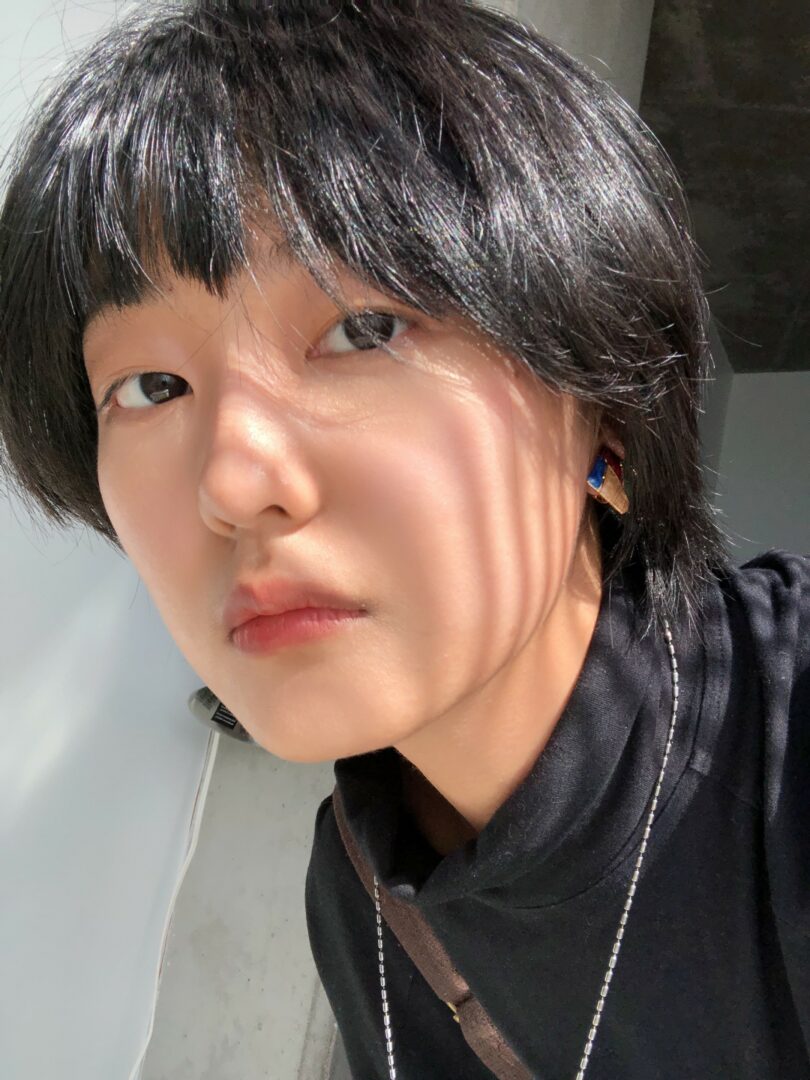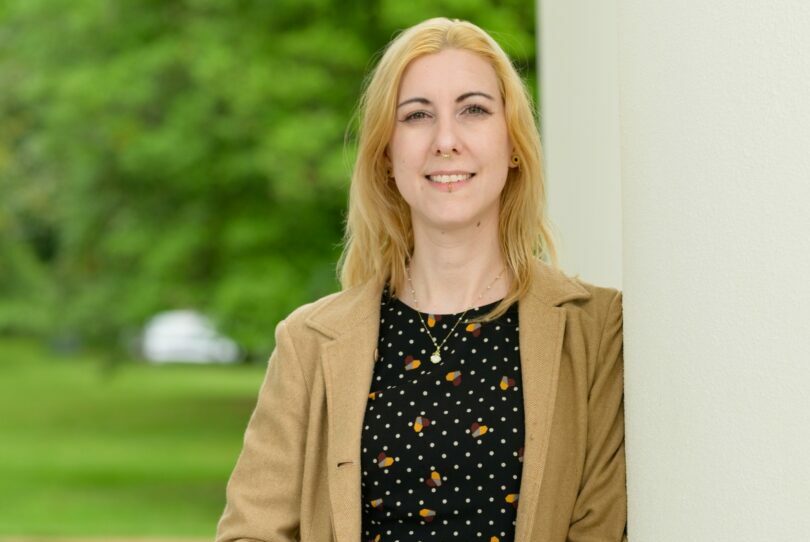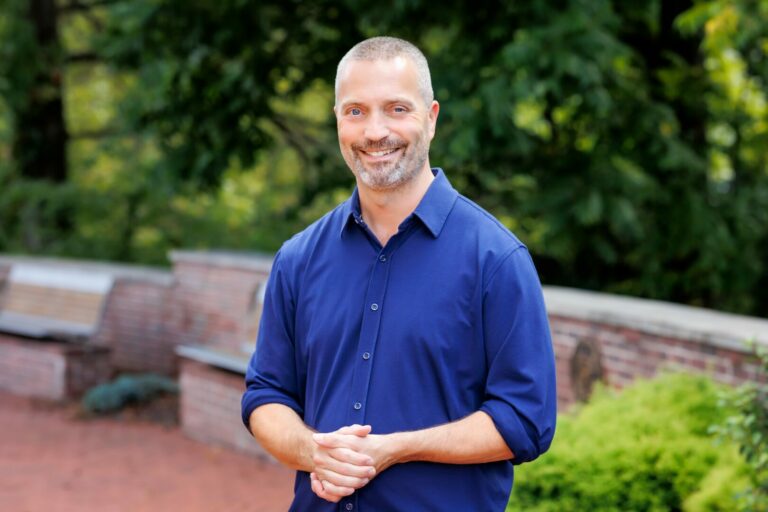We recently had the chance to connect with Lan Wang and have shared our conversation below.
Hi Lan, thank you for taking the time to reflect back on your journey with us. I think our readers are in for a real treat. There is so much we can all learn from each other and so thank you again for opening up with us. Let’s get into it: What are you chasing, and what would happen if you stopped?
I’m not chasing a fixed result. What drives me is a feeling—a rhythm—of moving, pausing, quitting, and beginning again. In that sense, I’m constantly chasing a process: the freedom to step away and the courage to return. My venture I QUIT is built on this exact philosophy. It reclaims the word “quit” from shame and transforms it into power—through design, storytelling, fashion, and shared vulnerability. Even our wearable pieces, like the I QUIT pin, act as small rituals: daily reminders that stopping isn’t failure—it’s a decision. A direction. A way to breathe.
If I did stop? That would be okay too. After all, stopping is part of my practice. I’ve learned that pause isn’t the opposite of growth—it’s what makes growth intentional.
On the other hand, my creative momentum often comes from chasing discomfort. Projects like Zero-G Beauty pushed me out of the “just make it look good” mindset and into new terrain—where branding meets reality, where design decisions are shaped by supply chains, sustainability, and absurd truths (like cleaning up space trash with reusable lipsticks). I stopped designing only for aesthetics and started building concepts that confront systems.
So, I guess I’m chasing challenges that reshape what design can do. And when I stop? I redesign the chase.
Can you briefly introduce yourself and share what makes you or your brand unique?
Hi, I’m Lan Wang, a multidisciplinary designer recently graduated from the MFA Design / Designer as Entrepreneur program at SVA in New York. My focus lies in brand design and strategy, and I’m passionate about building emotionally resonant and socially relevant visual systems from the ground up.
My recent thesis project, I QUIT, is a campaign and design venture that redefines “quitting” as a powerful, intentional act—not a failure. Through storytelling and designs, the project empowers people to rethink societal expectations and reclaim personal agency. It’s not just a design—it’s a cultural intervention.
Outside of that, one of my proudest achievements is Cave Canem, a pet fashion brand I co-founded and developed entirely from scratch—from concept, naming, visual identity, to product design and art direction. Combining modern aesthetics with ancient Roman humor, Cave Canem brings bold storytelling and playful design into the pet-wear industry.
Across all my work, I care deeply about connecting ideas, people, and cultural critique through strategic design. Whether I’m crafting a brand that sparks joy—or one that challenges norms—I design to tell stories that stick.
Amazing, so let’s take a moment to go back in time. What’s a moment that really shaped how you see the world?
It was during graduate school—while juggling intense group projects, freelance work, and constant deadlines—that something shifted in me. One night, I paused and asked myself: Why am I blindly following this script society has handed me? Study hard, work harder, stay productive, keep going—but where was the want in all this? Where was the joy?
Around that time, I watched Trainspotting, a film that shook me with its raw critique of conformity and modern life. It made me question everything, especially the routines I had accepted without thought. I remember sitting in front of Adobe Illustrator, meticulously searching for the right tools, perfecting small visual effects—and suddenly realizing how numb I had become. I wasn’t enjoying the process. I was just trying to finish things, tick boxes, perform.
That moment—along with many similar ones—completely redefined how I see the world, and it ultimately became the emotional foundation of my thesis project, I QUIT. I started thinking: What if quitting wasn’t weakness, but clarity? What if stopping was also an act of design?
Throughout all of this, I kept returning to a single line by poet Mark Strand: “I move to keep things whole.” That verse became my quiet mantra. It reminds me that motion—whether through quitting, pausing, or starting over—is not about fragmentation, but about integration. My work now reflects that belief: that stepping away can sometimes be the most powerful step forward.
What’s something you changed your mind about after failing hard?
While working on my thesis project I QUIT, I consulted many professionals, hoping to refine the strategy. But most of them couldn’t quite connect with the core idea—they kept trying to turn it into a coaching service or profit-driven model. That disconnect made me feel like I was failing. I couldn’t figure out how to defend the spirit of the project while also making it sustainable.
Then I met Mark Kingsley, who later became my advisor. He not only understood my vision but helped me sharpen it without compromise. His critical thinking helped me realize that the right collaborator can do more than dozens of mismatched conversations.
That changed how I see effort: sometimes, choosing well is more powerful than trying hard. Of course, if I hadn’t spoken to so many people, I wouldn’t have recognized the right person when I met him. But I now believe alignment matters more than quantity—and that’s a lesson I’ll carry forward.
So a lot of these questions go deep, but if you are open to it, we’ve got a few more questions that we’d love to get your take on. What do you believe is true but cannot prove?
I believe that enjoying the process is more important than achieving a specific outcome. That’s something I hold onto deeply—but it’s also incredibly hard to prove in a world that celebrates quick wins, external validation, and measurable success.
While working on I QUIT, I interviewed many people and found a recurring theme: so many wanted to quit—jobs, roles, expectations—but felt paralyzed by fear, guilt, or social pressure. Trying something new, slowing down, or simply choosing uncertainty over a “stable path” felt too risky, especially when society constantly rewards titles, salaries, and output.
“Enjoying the process” sounds nice in theory, but it doesn’t come with a paycheck, a LinkedIn update, or a clear metric. It’s personal. It’s quiet. It grows slowly, often invisibly. And because of that, it’s hard to justify or articulate in a culture obsessed with results.
But I QUIT is my way of giving form to that belief—of turning that abstract truth into something visible, wearable, and shareable. Through this campaign, I hope to show that choosing joy, reflection, or rest can be powerful. That stopping isn’t failure. That personal growth—however unprovable—is still real.
Okay, so before we go, let’s tackle one more area. Are you doing what you were born to do—or what you were told to do?
I think it’s both—but not in a conflicting way. I do believe I have certain things I was born with: creativity, curiosity, flexible thinking. But I also know I’m deeply shaped by my environment—by the people around me, the systems I move through, the values I absorb, and the expectations I challenge.
Especially as a designer and creator, I don’t believe in working in isolation. I constantly learn from others—their ideas, techniques, logic, and even their contradictions. I believe individuals shape society just as much as society shapes individuals. That loop of influence is what makes my creative process richer and more complex.
So no, I’m not just doing what I was told to do. But I’m also not only following some fixed, inner calling. I’m doing something in between—something that evolves as I keep absorbing, questioning, remixing, and making.
Contact Info:
- Website: https://lanwang.art/
- Instagram: @lanternwaterproof
- Linkedin: https://www.linkedin.com/in/lan-wang-art/
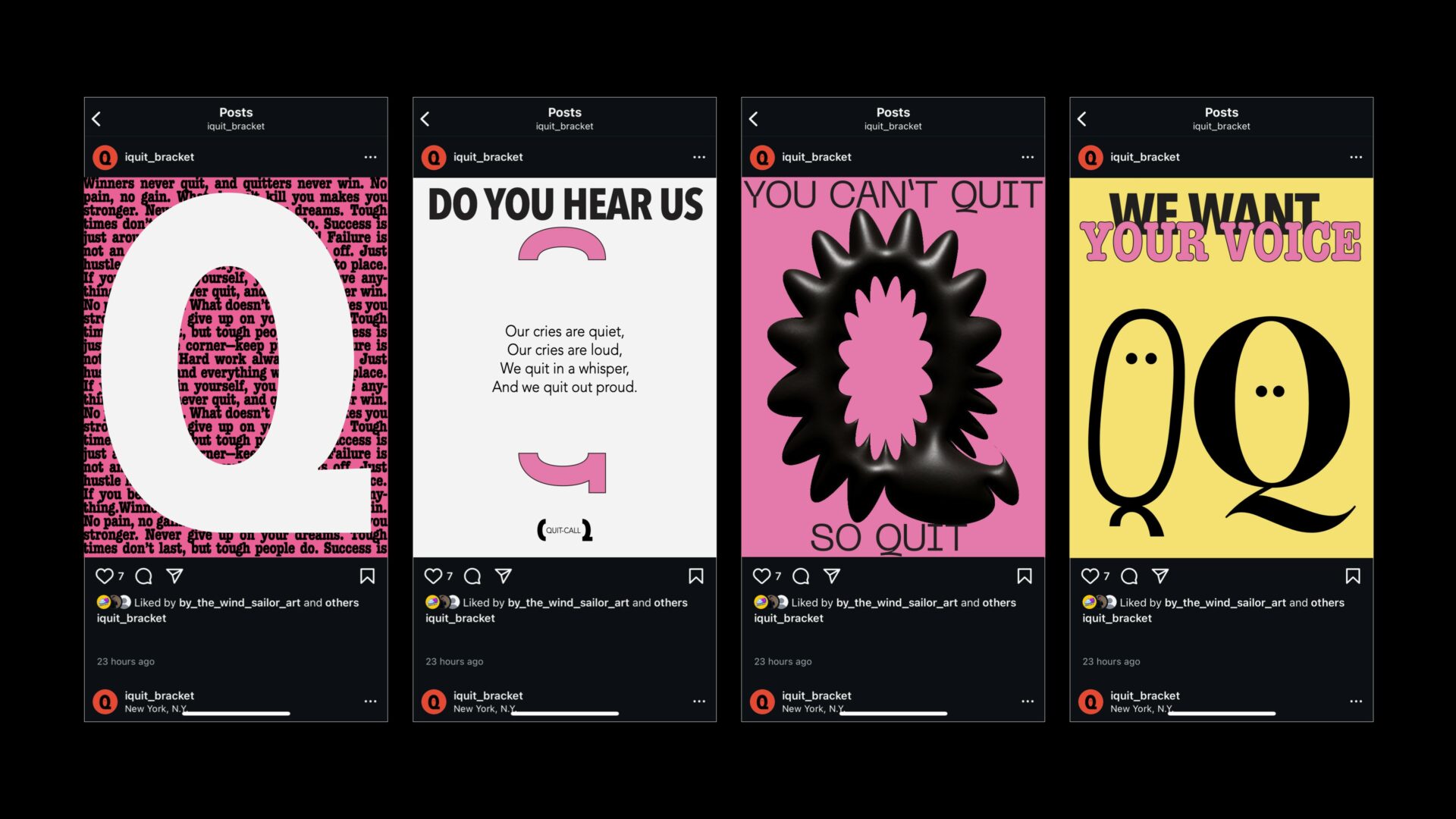

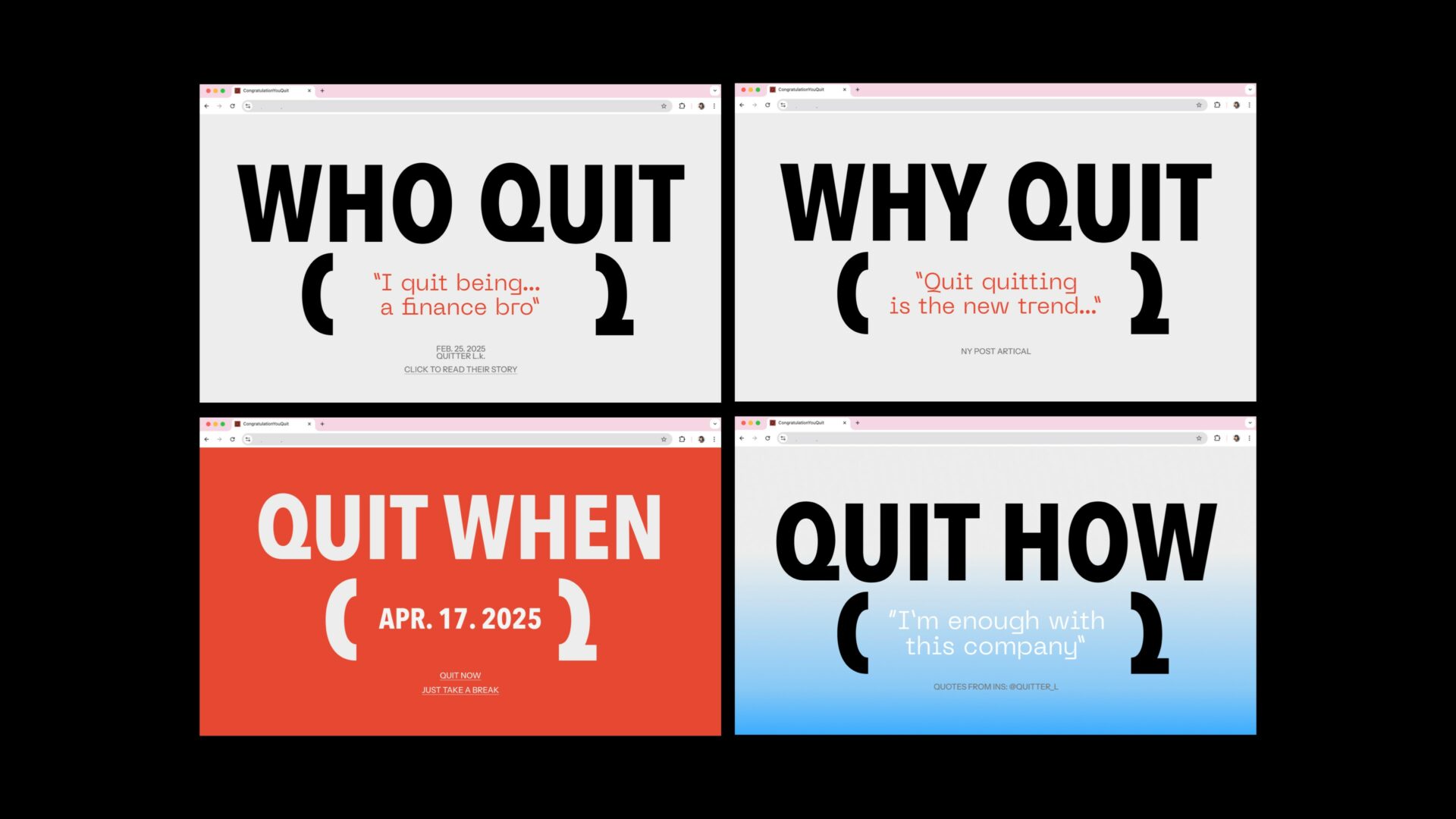
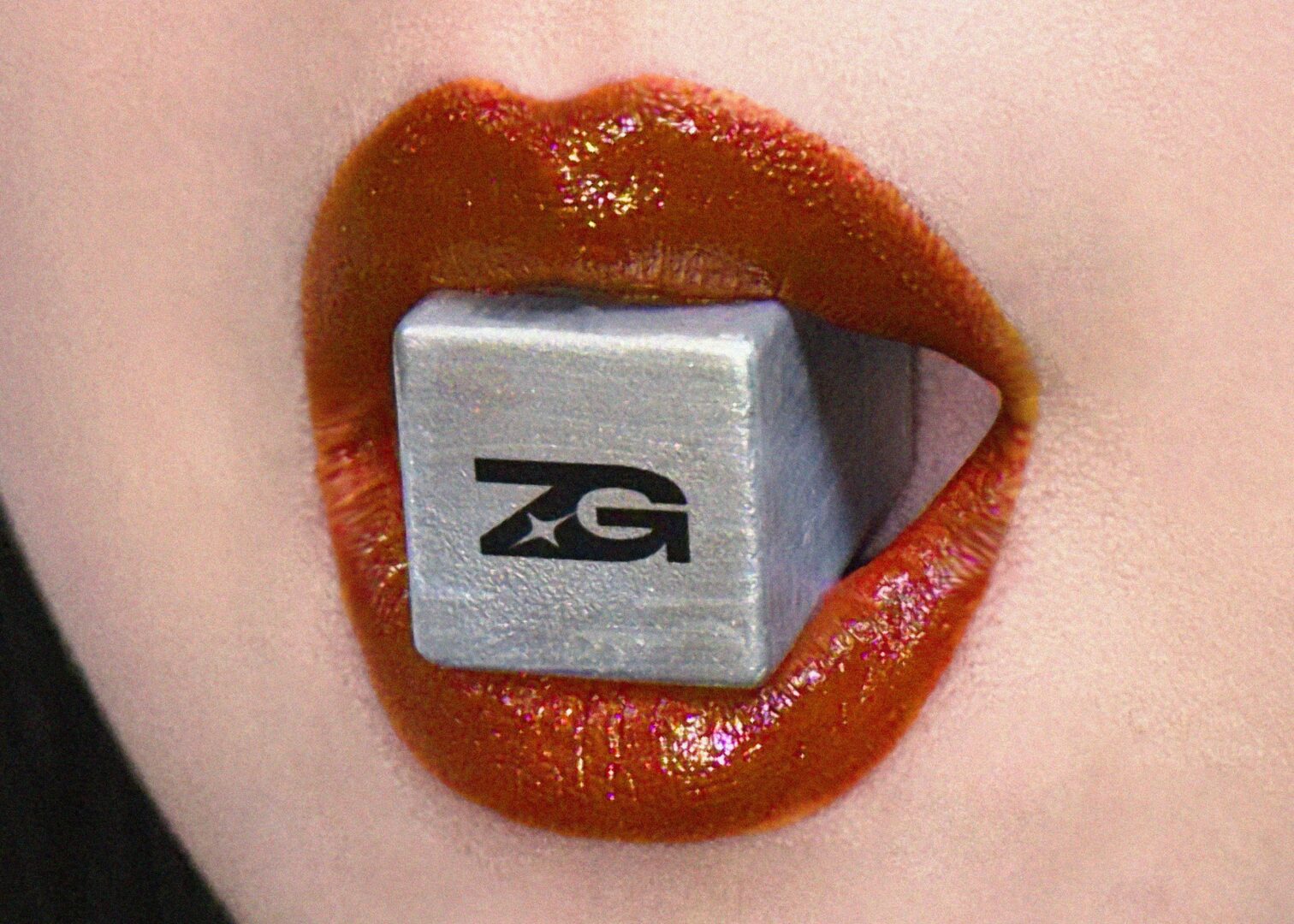
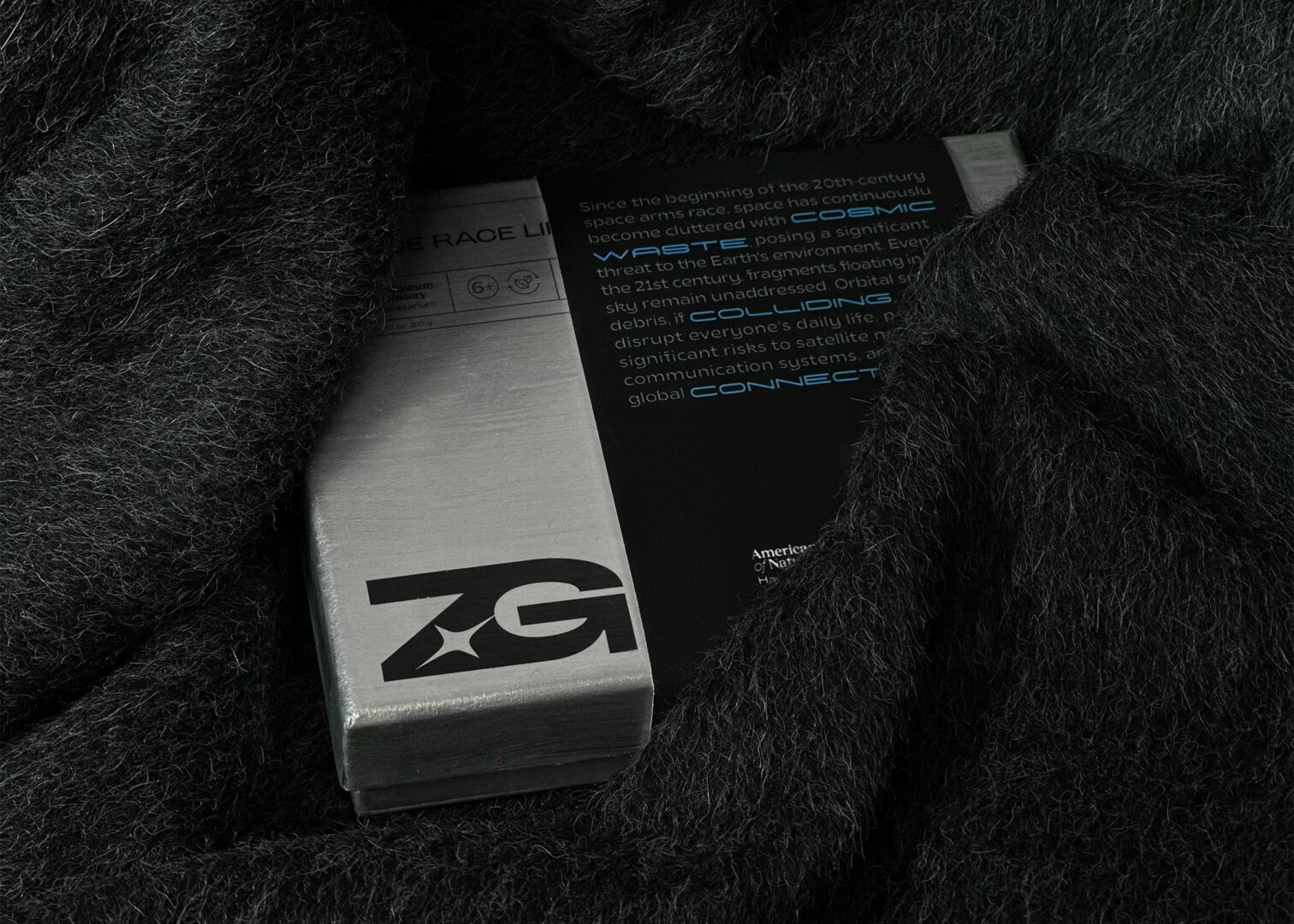
Image Credits
Zero-G team: Pan Zhang, Kangyi Wu
so if you or someone you know deserves recognition please let us know here.

